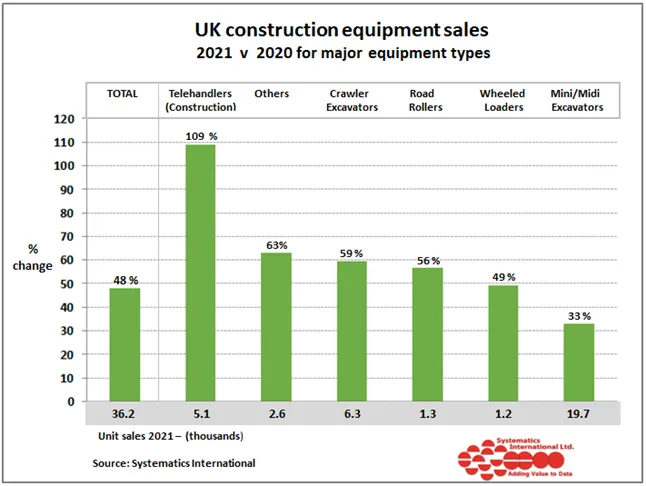UK output from companies involved in manufacturing equipment and parts continued on an encouraging upward trend in January, according to Office for National Statistics (ONS) data.
Output in January was 2.3% higher than in December, and 9.5% up on January 2016. In fact, output in January was the highest monthly output since the first quarter of 2015 and the six-month moving average has returned to mid-2015 levels.
On a quarterly basis, output ended 2016 on an improving trend, with October/December 1.1%
March 20, 2017
Read time: 2 mins
UK output from companies involved in manufacturing equipment and parts continued on an encouraging upward trend in January, according to Office for National Statistics (ONS) data.
Output in January was 2.3% higher than in December, and 9.5% up on January 2016. In fact, output in January was the highest monthly output since the first quarter of 2015 and the six-month moving average has returned to mid-2015 levels.
On a quarterly basis, output ended 2016 on an improving trend, with October/December 1.1% above July/September levels, which in turn was 0.4% above April/June levels. These figures are consistent with comments about UK market demand in the early months of 2017, which suggest that the improvements seen at the end of 2016 have continued into the new year.
Analysis of the data from the ONS on an annual basis shows that industries included within the machinery & equipment NEC category that are relevant to the UK’s umbrella body thie CEA –3418 Construction Equipment Association - account for around 60% of the total output reported. This includes construction, mining and lifting equipment and parts.
The remainder of industries within the machinery category includes agricultural equipment, office equipment and a number of other industries. ONS output data is based on company turnover collected on a monthly basis. Comparison of this data on an annual basis with2444 Off-Highway Research production data for construction equipment shows very similar year on year percentage movements.
As a result monitoring of ONS monthly data is judged to be a useful indication of production/activity levels for UK construction equipment and parts.
Output in January was 2.3% higher than in December, and 9.5% up on January 2016. In fact, output in January was the highest monthly output since the first quarter of 2015 and the six-month moving average has returned to mid-2015 levels.
On a quarterly basis, output ended 2016 on an improving trend, with October/December 1.1% above July/September levels, which in turn was 0.4% above April/June levels. These figures are consistent with comments about UK market demand in the early months of 2017, which suggest that the improvements seen at the end of 2016 have continued into the new year.
Analysis of the data from the ONS on an annual basis shows that industries included within the machinery & equipment NEC category that are relevant to the UK’s umbrella body thie CEA –
The remainder of industries within the machinery category includes agricultural equipment, office equipment and a number of other industries. ONS output data is based on company turnover collected on a monthly basis. Comparison of this data on an annual basis with
As a result monitoring of ONS monthly data is judged to be a useful indication of production/activity levels for UK construction equipment and parts.






